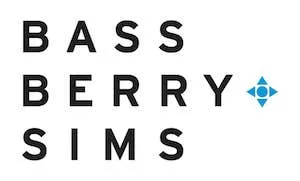This post was updated on February 6, 2024, to reflect the 2024 Federal Poverty Level announced in January 2024.
On August 23, 2023, the Internal Revenue Service issued Rev. Proc. 2023-29, announcing that the Affordable Care Act (ACA) affordability threshold will be 8.39% for plan years beginning in 2024, a substantial decrease from the 9.12% affordability threshold set for plan year 2023. This marks the largest change yet in the affordability thresholds year-over-year. The affordability threshold is used to determine whether employer-sponsored health coverage is affordable for purposes of the ACA's employer-shared responsibility provisions.
Since 2014, the ACA regulations have provided that coverage is considered affordable if the employee premium for the lowest, self-only coverage option does not exceed a certain percentage of an employee's household income. That threshold percentage has been adjusted each year since 2014 but has always remained above 9% until this latest announcement.
The decrease in the 2024 affordability threshold will likely force employers to reduce the cost of their lowest-cost, self-only coverage option in order to avoid potential ACA penalties. The chart below provides an example of how the change in the affordability threshold will reduce the maximum premium employers may charge employees for the lowest-cost, self-only coverage option on a monthly basis using the thresholds for this year (2023) versus next year (2024). The example assumes an employee earns $20/hour and works 40 hours per week ($41,600 annually).
| Safe Harbor | Maximum Monthly Employee Premium Considered Affordable | |
| 2023 | 2024 | |
| W-2 Income | $316.16 | $290.85 |
| Rate of Pay | $237.12 | $218.14 |
| Federal Poverty Line* | $103.28 | $105.29 |
*Based on the Federal Poverty Line of $15,060. This post has been
updated to reflect the 2024 Federal Poverty Level announced in
January 2024.
In preparing for open enrollment, applicable large employers subject to the ACA's employer-shared responsibility provisions should work with their benefits broker and legal counsel to ensure the coverage offered to employees for the 2024 plan year meets the new affordability threshold. Unaffordable coverage could expose an applicable large employer to a potential ACA penalty if any employee obtains subsidized coverage on a state or federal exchange.
The content of this article is intended to provide a general guide to the subject matter. Specialist advice should be sought about your specific circumstances.
We operate a free-to-view policy, asking only that you register in order to read all of our content. Please login or register to view the rest of this article.



